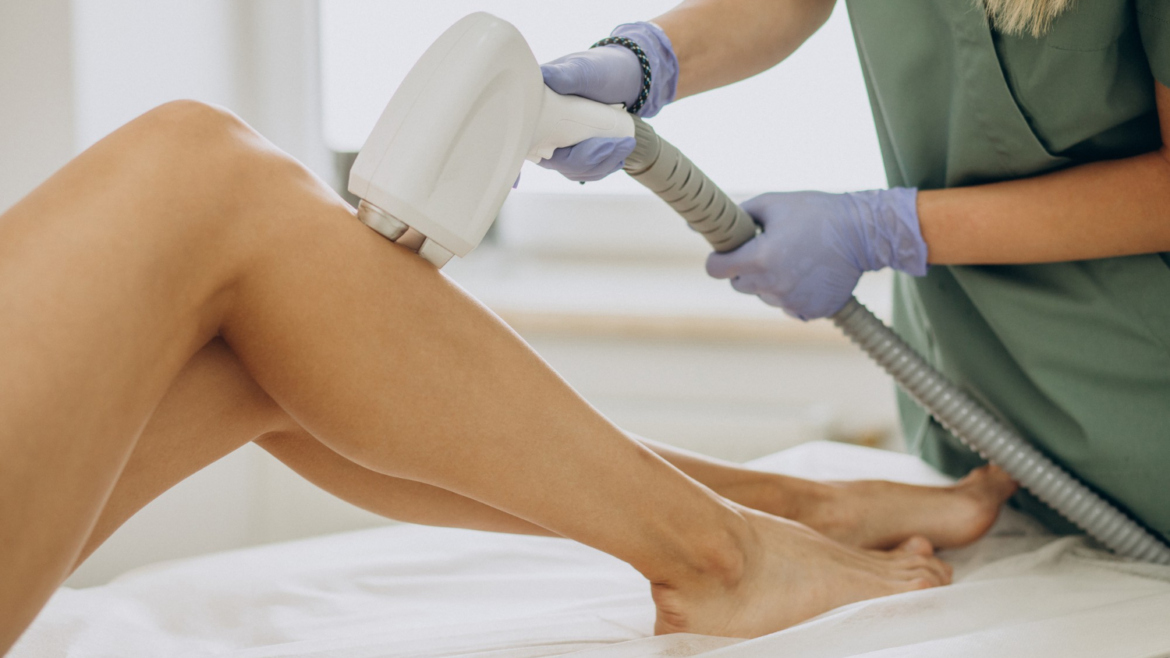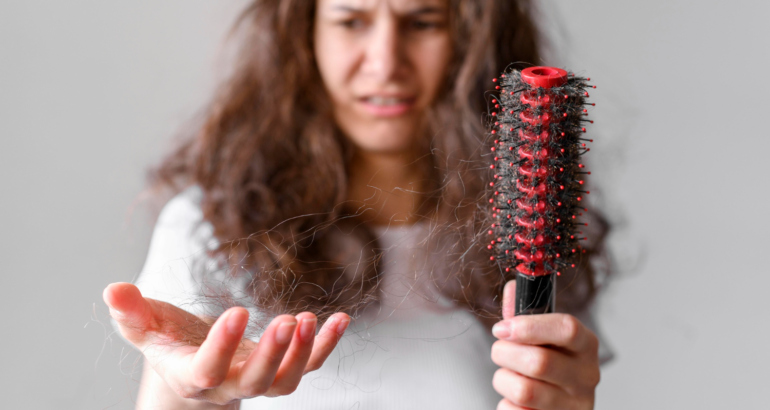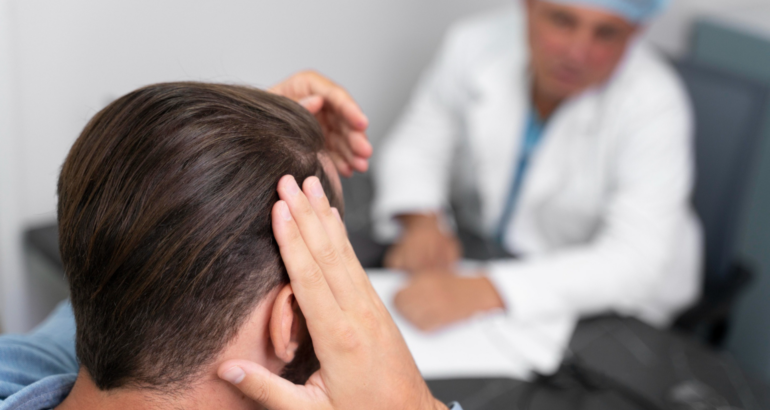Hair loss is a common concern that affects millions of people worldwide. It can impact self-confidence and cause emotional stress. While traditional treatments like medications or hair transplants are available, not everyone is ready to commit to invasive procedures. This is where laser hair therapy shines—offering a non-surgical, painless alternative for those seeking to restore their hair.
In this article, we’ll dive deep into how laser hair therapy works, who it benefits, and why it’s becoming a popular choice among individuals looking to reverse hair loss.
What is Laser Hair Therapy?
Laser hair therapy, also known as Low-Level Laser Therapy (LLLT), is a non-invasive treatment that stimulates hair growth by using red or near-infrared light. It has been in use for over a decade and has gained popularity due to its ability to target hair loss at the root—literally!
The technology promotes scalp circulation and revitalizes dormant hair follicles, making it an attractive solution for individuals who want a natural-looking recovery.
The Science Behind Laser Hair Growth Stimulation
Laser hair therapy uses low-power lasers that penetrate the scalp to stimulate cellular activity within the hair follicles. These lasers emit photons that energize the follicles, encouraging them to enter the anagen (growth) phase and reduce the telogen (resting) phase. The result? Thicker, healthier hair that grows naturally over time.
Types of Hair Loss Addressed by Laser Hair Therapy
Androgenetic Alopecia: This is the most common form of hair loss, affecting both men and women due to genetics. Laser therapy can slow or reverse the miniaturization of follicles.
Alopecia Areata: An autoimmune condition that causes patches of hair loss. Laser therapy can promote regrowth in mild cases.
Stress-Induced Hair Loss: Temporary hair loss due to physical or emotional stress can respond well to laser treatment by boosting scalp circulation.
How Laser Hair Therapy Works: A Step-by-Step Process
Consultation and Diagnosis: A professional examines the scalp to determine the type and extent of hair loss.
Session Duration and Frequency: Sessions typically last 20-30 minutes and are recommended 2-3 times per week.
During the Treatment: The scalp is exposed to laser light, but the process is pain-free and relaxing.
Benefits of Laser Hair Therapy
- Non-Invasive and Painless: There are no needles, incisions, or discomfort involved.
- No Downtime Required: You can resume daily activities immediately after a session.
- Improves Hair Quality: Not only does it stimulate growth, but it also boosts hair thickness and shine.
Is Laser Hair Therapy Effective?
Clinical studies show promising results, with many users reporting noticeable improvement in hair density within three to six months. However, individual results may vary depending on the severity and cause of hair loss.
Who Can Benefit from Laser Hair Therapy?
Laser therapy works best for individuals experiencing early-stage hair thinning. It may not be suitable for people with complete baldness, as it relies on stimulating existing follicles.
- Comparison: Laser Hair Therapy vs. Other Treatments
- Medications: Products like Minoxidil can complement laser therapy but may cause side effects.
- Hair Transplants: While effective, surgery involves higher costs and recovery time.
- Natural Remedies: These are less reliable for significant hair loss but can support laser treatments.
Are There Any Side Effects of Laser Hair Therapy?
The treatment is generally safe, with minimal risks. Some users might experience mild scalp redness or itching, but these symptoms are temporary.
Cost of Laser Hair Therapy: Prices vary based on factors like location, clinic reputation, and the number of sessions. On average, treatments can cost $200 to $500 per session.
At-Home Laser Devices vs. Professional Clinics: At-home laser caps and combs are available, offering convenience. However, professional treatments provide stronger lasers and better monitoring.
Tips for Maximizing Laser Hair Therapy Results
- Use biotin-rich shampoos and serums alongside laser therapy.
- Be consistent with treatments—results take time.
- Maintain a healthy diet to support hair health.
Conclusion
Laser hair therapy offers a non-surgical and effective solution for hair loss. Whether you’re dealing with genetic hair thinning or stress-related shedding, this treatment can help restore confidence with healthier, thicker hair. If you’re tired of searching for solutions, laser therapy might be the right choice for you.
Or else get in touch with Goel Skin Hair & Laser Clinic now!



